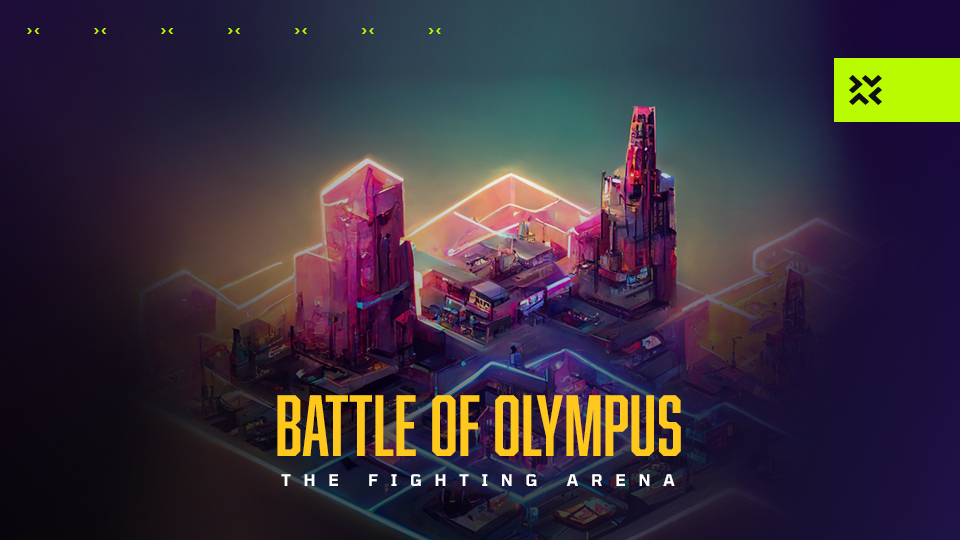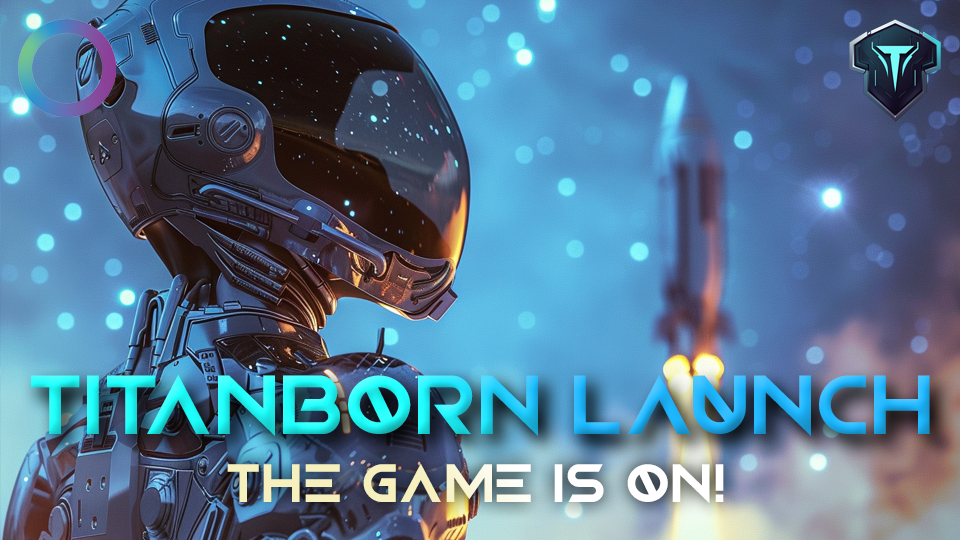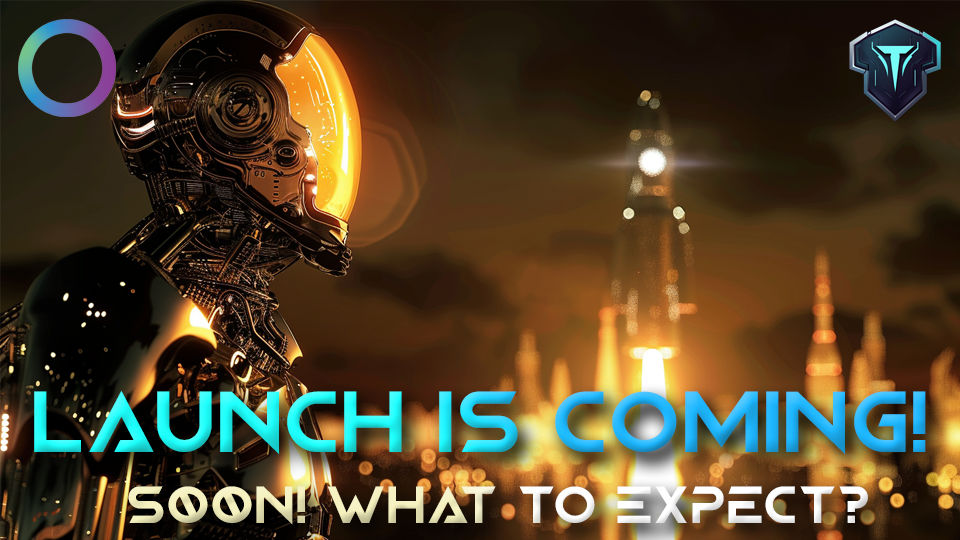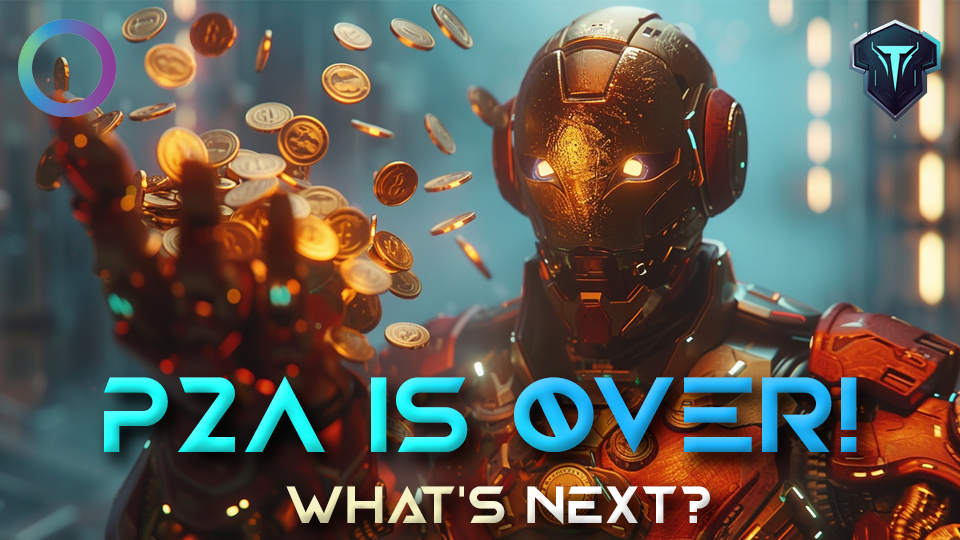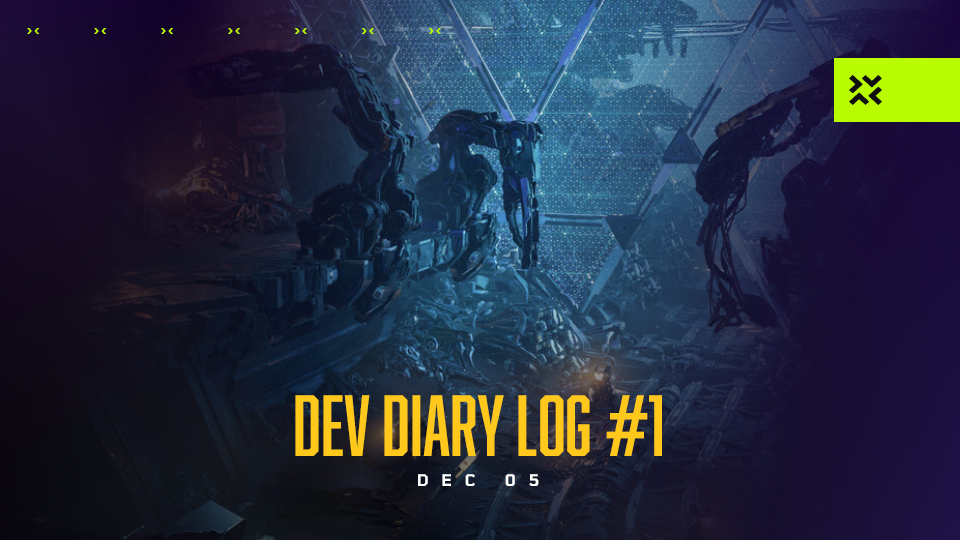
Welcome to the Battle of Olympus Dev Diary, a series dedicated to giving the community a behind-the-scenes look into the lives of game developers. Understand the struggles and successes that come with making an engaging game.
In Dev Diary #1, we’ll hear from Game Director Ranko Trifkovic about his origins in gaming, how we joined Revenant, and some of the initial challenges in building Battle of Olympus.
The Origins
Dear Diary,
When I was a wee schoolboy, computers were enormous machines that filled entire rooms. Computers that you were supposed to play games on had to be named “home computers” to distinguish them from the big room-sized gadgets. I was a not-so-poor boy in a rather poor communist country, so when the first home computer landed on my table – a fanciful invention coming from the West – I immediately became popular among all my friends.
We watched coarse pixels of Bruce Lee fighting baddies (spearmen and sumo wrestlers), jumping, and evading deadly obstacles.

It is clearly Bruce, right?
Then Bruce grew a bit bigger, with more colors, more moves, and more opponents when we discovered Yie Ar Kung-Fu. Holy nunchucks, it was so much fun. The funny kung-fu stances, the speed and “intelligence” of the opponents!

That Tonfun guy was no FUN at all!
Fast forward a decade and a half. Computers have zipped along their 16-bit phase and reached the “it’s all about Pentiums, baby” stage. Pentiums were the brand of Intel PCs that (finally) had enough power to turn PC computers into viable gaming platforms. The Golden Age of PC (master race!) gaming has just begun.
In 1997, I was just a poor guy in a land plagued by civil war. But even if I had a Pentium, there was this new amazing FULL 3D game only available on the coin-operated arcade machines! That’s when my friends and I roared, “to the nearest arcade!”
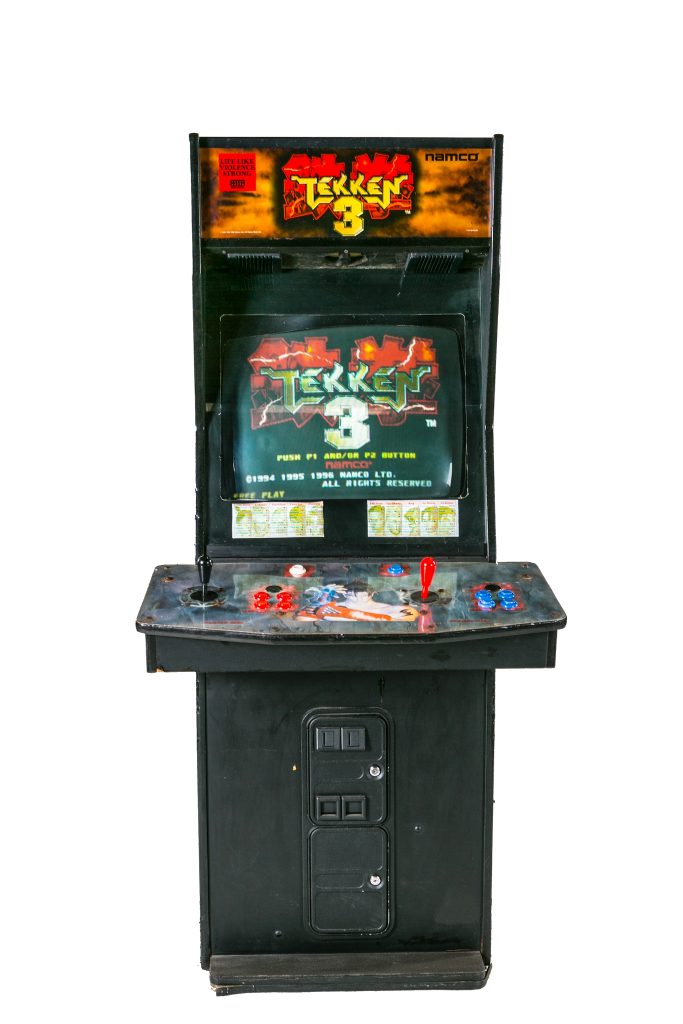
Next to this machine, all the other 2D fighting games looked considerably worse.
When we discovered Tekken 3, everything was amazing. The 3D, the art, the moves, the characters, the controls, the smoothness, the tactical approach to the beat-em-up game, the sidesteps, the throws, even the ‘story’.
Sure, Street Fighter introduced tactical competitive combat. And yes, we experienced Moral Kombat’s sick moves, but somehow Tekken 3 captured my heart. (This might also have something to do with the fact that it was the only game I was actually good at. For some reason I suck at Street Fighter).
Enter Revenant
When I was invited by Revenant’s Co-Founder and Creative Director, Franz Cavatorta, to join the world of blockchain games (Morpheus-style, I chose the red pill), he showed me a Battle of Olympus, an early fighting game project the team had been fiddling with. It was a quite basic, web-based game where two low poly brutes were trading the simplest of blows. Cute, but no cigar.
Amazingly enough, though, only one developer was working on it, our amazing (and at the time) lone programmer Milad. This was just one of several prototypes Revenant created. I was actually brought in to be the Game Director of another project (Project Lazarus, we haven’t forgotten you!). But then, as fate would have it, the Battle of Olympus (that we affectionately and internally call BOO) took center stage.
Arcade fighting, here we come
The mystery of arcade fighting games lies in the fact that they seem to be:
- Very easy to make
- Very difficult to make right
From the development point of view, this could be said for almost all computer games. Just look at the tools at our disposal. We have the Unity engine, we even have the Asset Store. Almost everyone can (even without any coding skills) patch together an FPS, TPS, or a fighting game. Heck, people make games at game jams and hackathons in 24 hours or less!
But just as a cookie and whipped cream are not cake, a prototype is not a game. So, we squared our shoulders for the task ahead. We started by asking a simple question: how can we turn these low poly hunks trading blows into an amazing experience for gamers?
By the gods!
First, we had to add some real martial arts to our fighters. We didn’t want to simply copy every other fighting game, so we let our imagination run wild. We wanted each god to feel like a unique combatant, a master of martial arts in their own characteristic style.
Zeus seemed like a prime candidate for a heavy slugger, excelling at boxing (and showering his enemies with lighting bolts). Hades was a natural candidate for quick and dirty blows, almost a pub brawler. Ares would be brutal, so words like Krav Maga and Muay Thai came to mind.
With our dev and our animators getting busy, soon we have expanded the inventory of moves and strikes…
…and it still wasn’t enough.
Something was seriously missing from our game.
Down the rabbit hole of combos
No matter how brutal the kicks or strikes look, or how much damage they pack, the fun factor of fighting games comes from something else. Elusive, almost meta quality. Combining our passion for fighting games, years of button-mashing, and some research, it was time to pick our game direction.
We definitely didn’t want to go all the way with Mortal Kombat’s unique and lavish set of spectacular moves. We’d save that for special moves and upgraded moves (we’ll talk about it another time when I tell you about the meta-loop).
Street Fighter’s subtle art of fighting tactics and know-thy-opponent meta-play also did not seem suitable for the game since we wanted to have a story mode, and missions, and highlight the player versus environment (PVE) more than player versus player (PVP).
Tekken was the game that most inspired us, but we wanted to have more fast-paced battles, with less emphasis on maneuvering and flashier fighting styles.
A game that also caught our attention was Shadow Fight 3. We liked the amazing moves, straightforward controls, and combination of individual fights and mission campaigns.
Designing combos was the order of the day, and soon we had our Zeus and Hades pulling out smooth-flowing chained attacks. Fights did look more spectacular now, but…
…it still wasn’t enough.
Tight vs Dirty
Designing fighting games brings one huge challenge. Do you want “tight” gameplay with fast and responsive controls, where the player knows exactly what to expect from each combination and the move they pull off? This brings a great measure of “balanced” and fair gameplay.
But the fighting games of old did something right, with controls not always executing moves in a predictable manner. Think Street Fighter 3 Third Strike. There were no ‘perfect moves’ or ‘best tactics’; just the visceral feeling of a brutal fight where not everything goes according to plan.
To achieve the balance between ‘tight’ and ‘dirty’, we first needed to redesign many elements of the Battle of Olympus. The speed of attacks, the execution of animations, the control scheme, the way attacks are ‘canceled’, and the philosophy of combos. And that’s a tale full of fails, fudge-ups, but most importantly, growth.
To hear this story, you’ll have to wait until our next Dev Diary. Until then, stay cool and try our demo!
Sincerely,
Ranko


